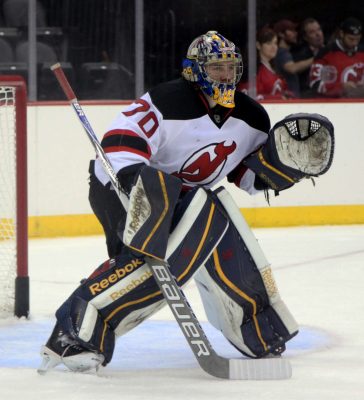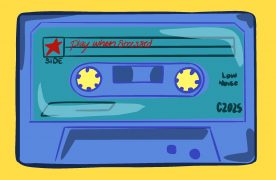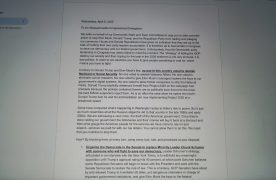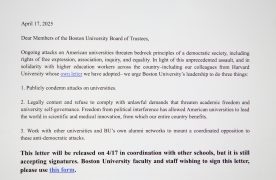
The NHL trade deadline is nearing, and teams are beginning the trading frenzy that inevitably ensues. While the deadline isn’t until Feb. 25, some newsworthy moves have already taken place.
Most recently, the New Jersey Devils traded center Brian Boyle to the Nashville Predators for a second-round draft pick in the 2019 draft. Boyle had 13 goals and six assists for New Jersey this season, but the struggling Devils are sitting at the bottom of the Metropolitan Division.
As second-to-last in the league, the Devils need to make some big moves before the trade deadline if they want to climb their way out of the bottom.
That probably shouldn’t have started with trading Boyle for just a second-round pick.
Yes, at 34 years old, Boyle probably has, at most, a handful of years left in the NHL. Having recently faced serious illness, he spent time away from the NHL to undergo treatment, but upon returning, he has had one of his higher-scoring seasons in 2017-18. He is also currently on track to add another highest-scoring season to his NHL career.
When it comes to draft picks, it is never a guarantee that whoever a team picks will end up becoming a Hall-of-Fame caliber player.
Take, for example, goaltender Rick DiPietro. As the the first overall draft pick in 2000, he was anticipated to be the next great goaltender, the beacon of light that would lift the New York Islanders out of mediocrity.
The team hadn’t made it to the playoffs for the previous six seasons, and signing DiPietro to a hefty 15-year deal in 2006 ultimately proved to be a poor decision by New York. In 2013, the Islanders bought out DiPietro’s contract, and later he would decide his NHL career was over, stepping away from playing for good.
It’s impossible to tell a player’s trajectory in the NHL from his pre-draft performance or what pick he is drafted at. He could face a career full of injury or end up not being able to handle the NHL. That could be said for any player already in the NHL as well, but taking a risk by putting all faith in a second-round pick seems questionable.
The Devils of the 2018-19 season are much different than the Devils of the 2012 Stanley Cup Finals. Their core is much younger, with star center Nico Hischier being only 20 years old. It makes sense that the team would trade a veteran player for younger talent, but they definitely could have gotten more out of their deal with Nashville.
It may have been a smarter deal to trade for a second-round pick as well as a young player, even if it was one that is currently showing potential in the AHL. The Devils have already proven so far that bringing up some of their AHL players midseason, such as goaltender Mackenzie Blackwood, helps add some energy to the roster that ultimately resulted in wins for the team.
Adding that additional player to the trade could have provided a security to the risk of a second-round pick.
There’s no question that the Devils need help. The promise that the team showed at the beginning of the season has not translated well throughout and, at this point, has all but vanished. It’s part of the pattern the team has been showing in recent years where they start out the season at the top and end at or near the bottom of the league.
New Jersey was definitely thinking more long-term when they decided to make this trade with Nashville, which is what they should be focusing on given the team’s current position this season. To maximize their opportunities to help the team long-term, the Devils need to make another, larger trade before the deadline.
Adding a younger talent that has already proven he’s a force in the NHL could be the most beneficial deal the team could make at this point.











